- What is Digital Dropshipping?
- Key Components of Digital Dropshipping
- Popular Products for Digital Dropshipping in 2024
- How to get started with Digital Dropshipping
- Step 1: Select Your Niche
- Step 2: Examine the Market
- Step 3: Secure Trustworthy Suppliers
- Step 4: Choose an Ecommerce Platform
- Step 5: Craft Your Online Store
- Step 6: Configure Payments and Shipping
- Step 7: Implement Customer Service Strategies
- Step 8: Deploy Varied Marketing Strategies
- Step 9: Regularly Monitor Performance
- Step 10: Adapt to Dynamic Changes
- Step 11: Understand Legal Obligations
- Step 12: Gradually Expand Your Business
- Platforms for Digital Dropshipping
- Legal Considerations for Digital Dropshipping
- Final Thoughts
What is Digital Dropshipping: SEO Strategies for Success
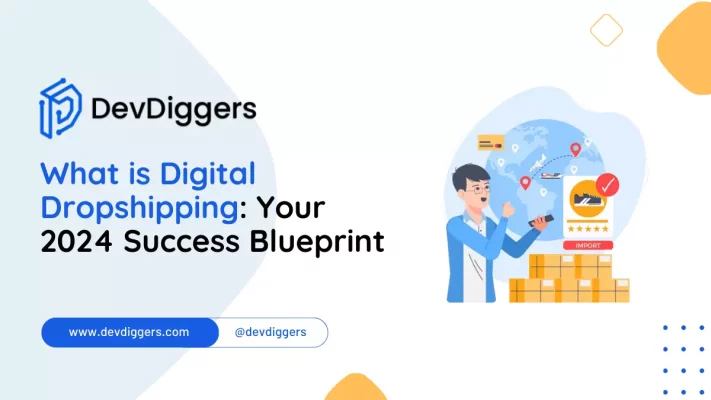
- What is Digital Dropshipping?
- Key Components of Digital Dropshipping
- Popular Products for Digital Dropshipping in 2024
- How to get started with Digital Dropshipping
- Step 1: Select Your Niche
- Step 2: Examine the Market
- Step 3: Secure Trustworthy Suppliers
- Step 4: Choose an Ecommerce Platform
- Step 5: Craft Your Online Store
- Step 6: Configure Payments and Shipping
- Step 7: Implement Customer Service Strategies
- Step 8: Deploy Varied Marketing Strategies
- Step 9: Regularly Monitor Performance
- Step 10: Adapt to Dynamic Changes
- Step 11: Understand Legal Obligations
- Step 12: Gradually Expand Your Business
- Platforms for Digital Dropshipping
- Legal Considerations for Digital Dropshipping
- Final Thoughts
Digital dropshipping is like a game-changer for people who want to sell stuff online without dealing with the hassle of storing, packing, or shipping products.
This way, sellers can focus on promoting and growing their business.
Digital dropshipping makes it easier for newbies to start selling online because they don’t need to invest a lot upfront.
In this article, we’ll dive into what is digital dropshipping, how it works, and the good and tricky parts of using this method to sell things online.
What is Digital Dropshipping?
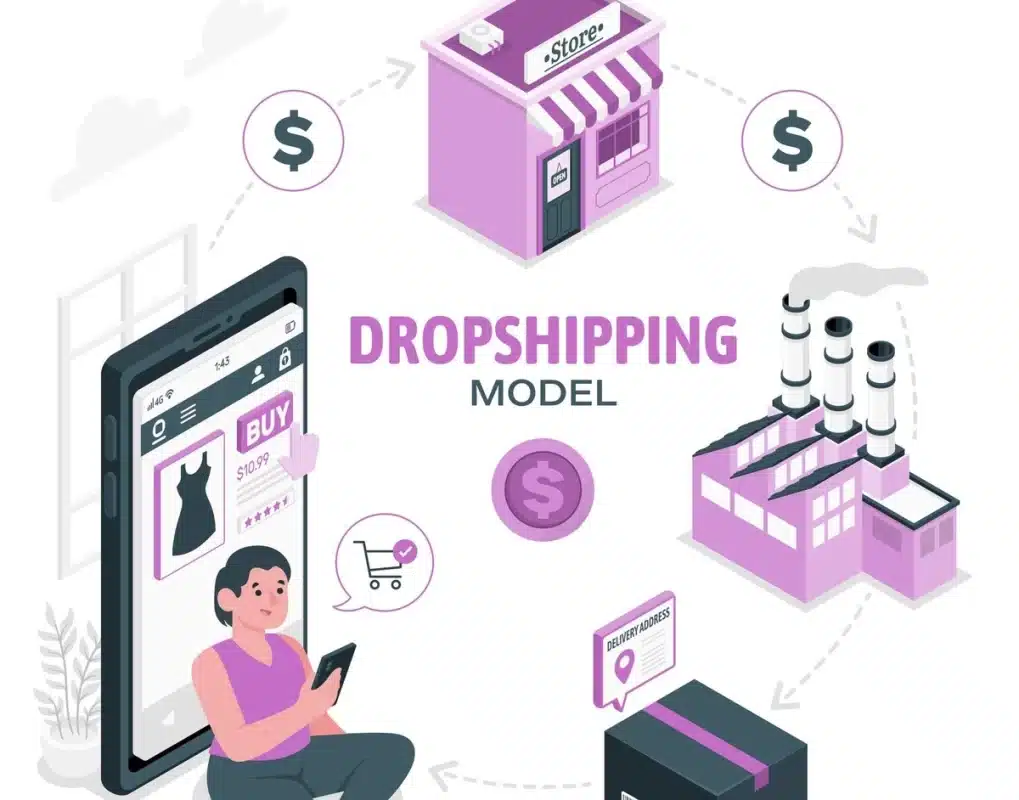
Digital dropshipping is a modern way of online commerce that allows sellers to promote and sell items without having to manage actual goods or deal with the challenges of shipping.
Sellers in this unique strategy form contracts with suppliers who are responsible for storing, packing, and immediately shipping products to end buyers.
This operational model allows sellers to focus on critical issues such as marketing and business expansion while avoiding logistical challenges.
Digital dropshipping is particularly appealing to beginners in the eCommerce arena due to its minimal startup challenges, requiring minimum initial investment and flexibility.
This method has effectively transformed online retail, providing entrepreneurs with a streamlined path to manage the difficulties of the digital economy.
Key Components of Digital Dropshipping
In the technical realm of digital dropshipping, key components are essential to an online retailer’s success.
- Product Sourcing and Selection: It’s not just about picking things to sell, but also finding good suppliers to work with. Doing research and making strong partnerships with reliable suppliers is important.
- Online Store Setup: Creating a place to sell online is more than just putting things on a webpage. It’s about choosing the right place to sell, making sure the product listings look good, and making it easy for people to buy from you.
- Order Processing and Fulfillment: The most important part is making sure orders are managed well and that products get to customers on time. This means talking with suppliers, keeping track of orders, and making sure customers get what they bought without any issues.
Popular Products for Digital Dropshipping in 2024
Some of the most well-liked dropshipping products as of 2024 still reflect the preferences and trends of the market. Even though trends can change, a few product categories in the dropshipping market are always in demand:
- Eco-Friendly Products: As the importance of sustainability increases, eco-friendly products like bamboo goods, reusable bags, and sustainable home goods are becoming more and more well-liked.
- Online courses: There are courses available for nearly every topic, including coding and cuisine, which makes them a flexible choice for digital dropshipping. You can provide your consumers with an extensive selection of courses by collaborating with online course providers or platforms such as Udemy and Coursera.
- Tech Accessories & Gadgets: Dropshipping is very popular in the always-changing tech sector. Consumers continue to be drawn to cutting-edge tech accessories, smart gadgets, and trendy gadgets.
- Health and Wellness Products: Products like natural vitamins, exercise gear, and mindfulness tools are finding a home in the dropshipping market, demonstrating how powerful the wellness movement is.
- Personalized and Customized Products: Customers value goods that are one-of-a-kind and customized. This need is met by dropshipping goods like customized clothing, personalized home décor, and jewelry.
- Essentials for a Home Office: With online employment becoming more and more common, items that improve the home office environment like comfortable furniture, chic desk accessories, and productivity tools remain in high demand.
- Pet Supplies: Those who own animals always look for high-quality supplies for their animal companions. This market is interested in dropshipping pet accessories, care supplies, and pet-friendly electronics.
- Fashion and Apparel: Dropshipping is a great way to get modern fashion items, clothing, and accessories. In this sector, keeping up with the most recent fashion trends is essential.
- Smart Home Devices: Dropshippers find products like security cameras, home automation systems, and smart lighting appealing because of the ongoing popularity of smart homes.
- Outdoor and Adventure Gear: Good equipment is a constant search for outdoor enthusiasts. This active market is served by dropshipping goods like outdoor accessories, hiking gear, and camping gear.
Even if these types of products are in demand in 2024, drop shippers must continue to be creative and keep an eye on industry developments to be successful in the rapidly changing eCommerce space.
How to get started with Digital Dropshipping
Everyone wants to know what is digital dropshipping and how to get started with it. However, no one is familiar with the vital steps that must be done if you want to begin Dropshipping. But here’s a simple guide to help you start this venture:
Step 1: Select Your Niche
Select a niche or market that shows your interest and shows potential demand. Delve into research to identify products within that niche that have the potential to attract a customer base.
Step 2: Examine the Market
Improve your knowledge regarding the chosen niche by researching competitors and emerging trends. Seek out gaps or opportunities that can differentiate your business in the market.
Step 3: Secure Trustworthy Suppliers
Establish connections with reliable suppliers renowned for providing quality products and efficient shipping. Online platforms such as Oberlo, or SaleHoo can assist in discovering trustworthy partners.
Step 4: Choose an Ecommerce Platform
Go for an eCommerce platform that aligns with your requirements. User-friendly platforms like Shopify, WooCommerce, or BigCommerce offer essential features to kickstart your business.
Step 5: Craft Your Online Store
Develop an aesthetically pleasing and user-friendly online store. Ensure your product listings are enriched with clear descriptions and high-quality images, enhancing the appeal for potential customers.
Step 6: Configure Payments and Shipping
Configure secure payment options for seamless customer transactions. Establish reliable shipping methods and transparently communicate anticipated delivery times to manage customer expectations.
Step 7: Implement Customer Service Strategies
Formulate a comprehensive plan for customer service to handle inquiries and address issues on time. Positive interactions with customers play a major role in building trust and fostering loyalty.
Step 8: Deploy Varied Marketing Strategies
Using diverse marketing channels to boost the promotion of your products. Social media, search engine optimization (SEO), and paid advertising serve as effective tools to increase traffic to your online store.
Step 9: Regularly Monitor Performance
Consistently evaluate key performance indicators (KPIs) such as sales, website traffic, and customer feedback. This analytical approach provides valuable insights into successful aspects and areas that warrant improvement.
Step 10: Adapt to Dynamic Changes
Maintain flexibility and a willingness to adapt to changes. Be prepared to modify your product offerings or adjust marketing strategies based on evolving market trends and customer feedback.
Step 11: Understand Legal Obligations
Keep yourself up to date with legal considerations, including business registration and tax obligations. Ensure your digital dropshipping business adheres to eCommerce regulations and operates within legal frameworks.
Step 12: Gradually Expand Your Business
Explore moderate opportunities for business expansion. Consider diversifying your product range, reaching out to new audiences, and experimenting with innovative marketing approaches.
Platforms for Digital Dropshipping
For digital dropshipping, you’ve got various platforms that make it easy to run your online store without dealing with inventory. Let’s break it down:
1. Shopify

Shopify is like a digital shop builder that’s easy to use. It works well with dropshipping and has apps that connect with suppliers, making it a popular choice.
2. WooCommerce
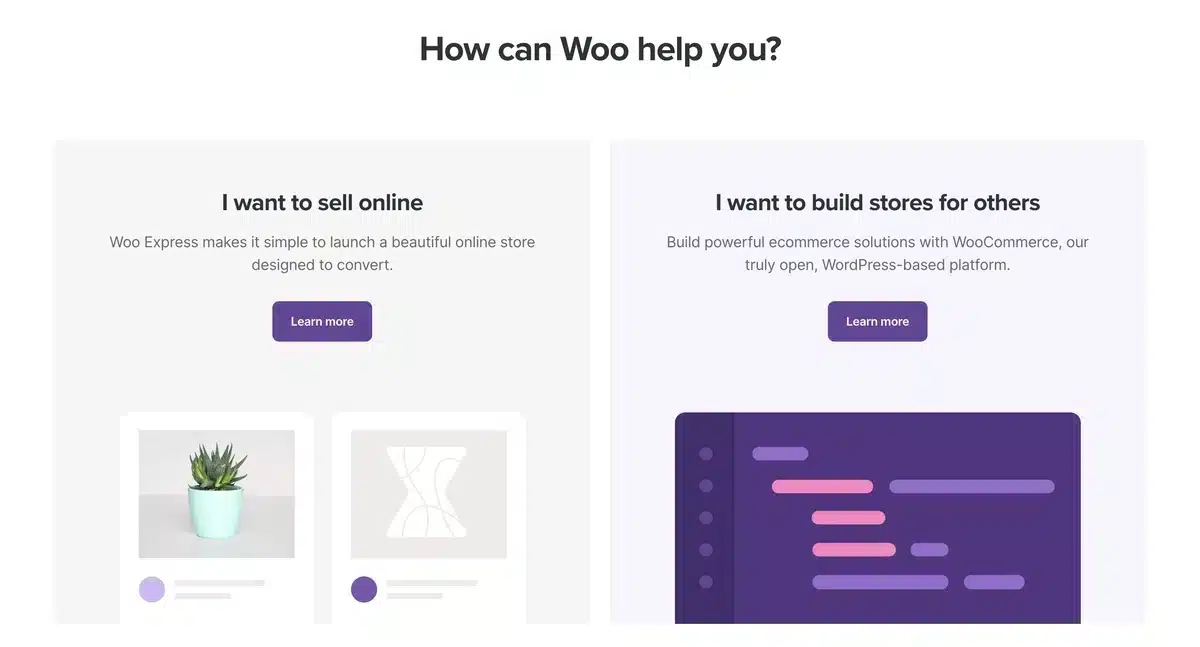
Think of WooCommerce as a tool you add to your WordPress website. It helps turn your site into an online store and can connect with dropshipping apps for more features.
In digital dropshipping, the WooCommerce extensions are like your trusty sidekick for WordPress online stores. It makes managing products and transactions super easy, especially when you’re selling digital stuff.
3. BigCommerce

BigCommerce is another tool for creating online stores. It’s known for being flexible and has advanced features. Many dropshippers like it because it can work for different sizes of businesses.
4. Oberlo

Oberlo is like a sidekick to Shopify. It helps you add products to your store easily, especially from AliExpress. If you use Shopify, Oberlo can make your life simpler.
5. SaleHoo
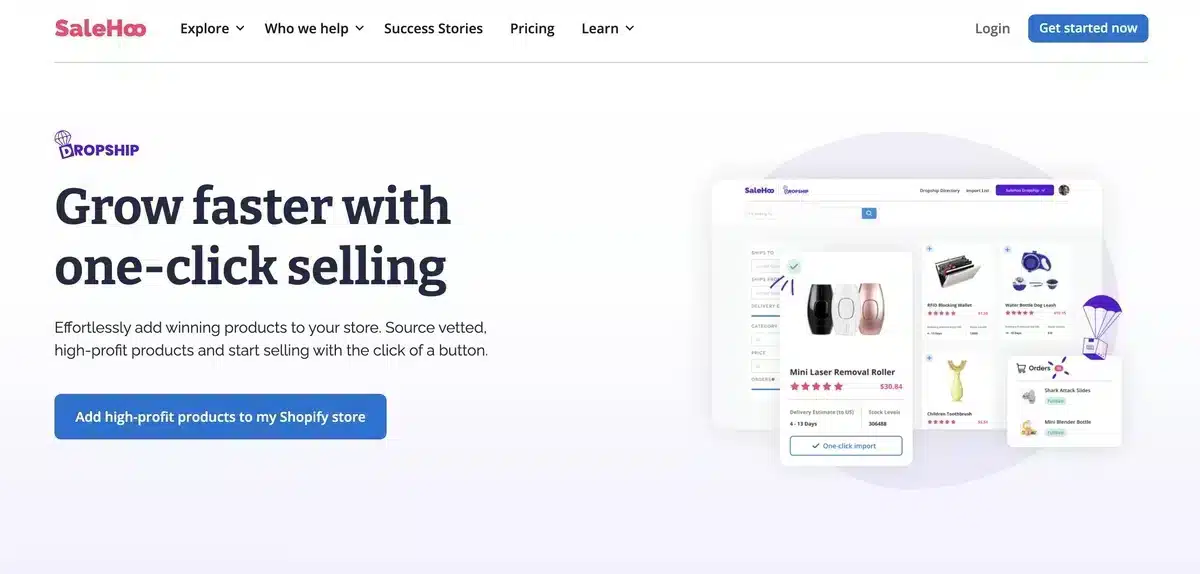
SaleHoo is like a matchmaker for drop shippers and suppliers. It gives you a list of trusted suppliers, making it easier to find reliable partners for your business.
6. Spocket
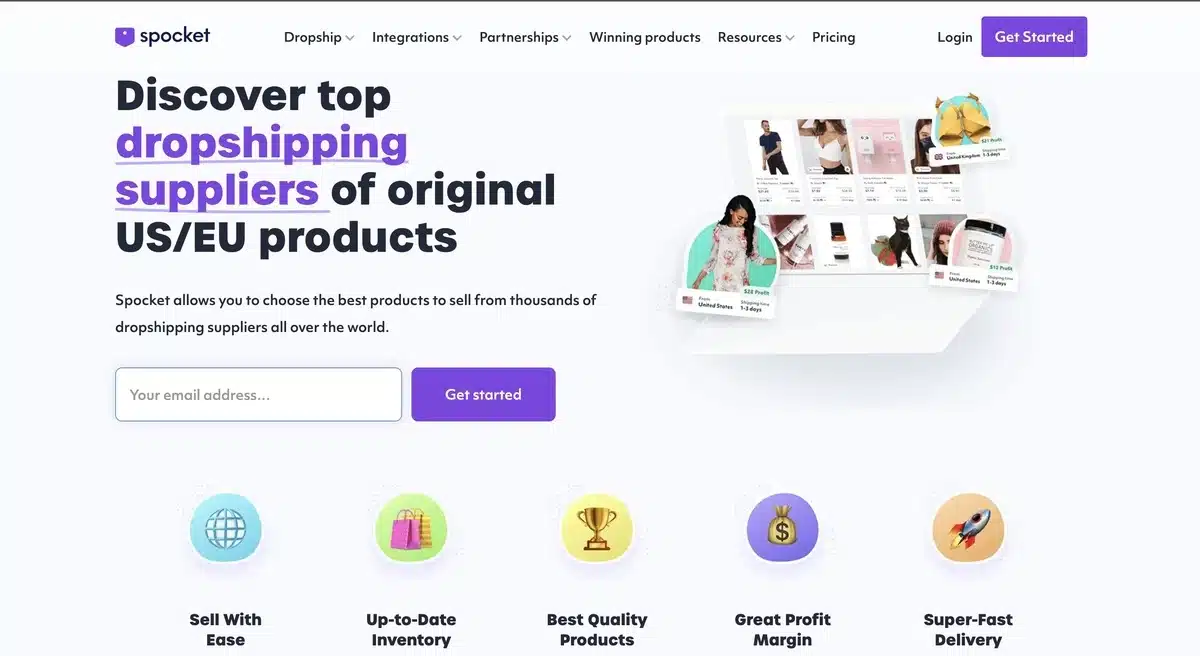
Spocket is a helpful app for drop shippers who want faster shipping and better-quality products. It connects you with suppliers in the United States and Europe.
7. Printful
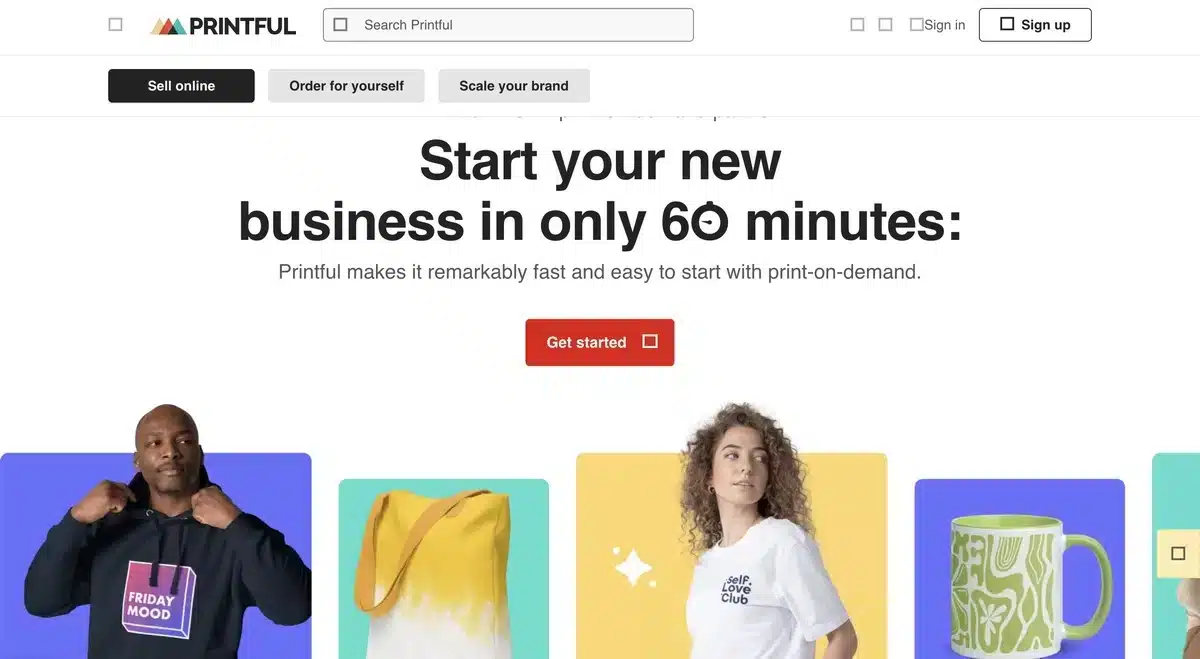
If you’re into custom stuff, Printful is your go-to. It lets you create and sell your custom products. It works with different online store platforms.
8. Dropified
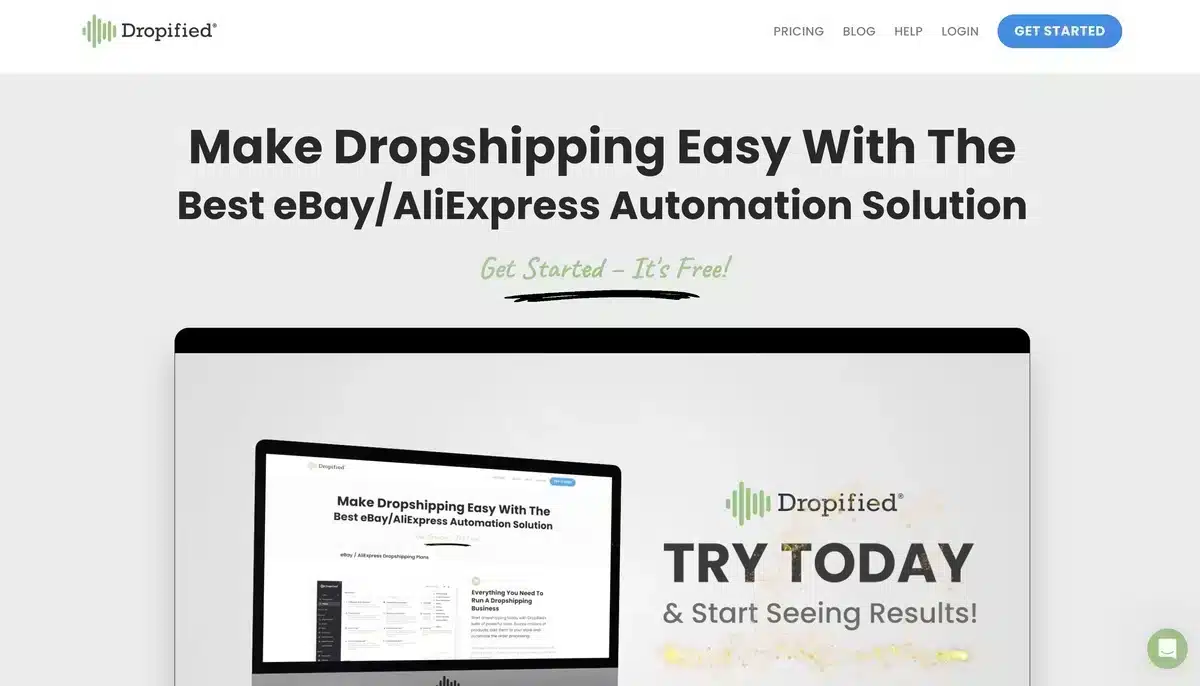
Dropified is like a helper for drop shippers. It automates tasks for you and works with various online store platforms, making things smoother.
These platforms are like your tools for building and running your online store without the headache of managing products physically. You can choose the one that fits your business needs and start selling online hassle-free.
Legal Considerations for Digital Dropshipping
It is critical to keep up with the legal framework when engaging in digital dropshipping to secure the authenticity and compliance of your online business.
The following are important legal considerations for digital dropshipping:
- Company Registration: Register your dropshipping company with the proper authorities. This step varies depending on where you live, but it typically involves registering your business name and collecting any necessary licenses.
- Tax Obligations: Understand and manage your tax obligations. This includes determining whether taxes, such as sales tax, apply to your company and ensuring timely and proper submissions.
- Policies and Terms of Service: Create detailed terms of service and policies for your online store. Important facts, such as product descriptions, shipping rules, refund procedures, and any disclaimers, should be clearly stated.
- Rights to Intellectual Property: Intellectual property rights must be respected. Make certain that the things you sell do not violate any brand names, copyrights, or patents. Use your images and content, or obtain the necessary licenses.
- Privacy Statement: Create a privacy policy that outlines how consumer data is gathered, handled, and safeguarded. This is critical for preserving confidence and complying with privacy requirements.
- Consumer Protection Legislation: Learn about the consumer protection regulations that apply to your target market. To comply with these rules, be honest about product specifications, shipment times, and return processes.
- Advertising Regulations: Follow advertising regulations and rules. Avoid making incorrect or misleading product claims, and ensure that your marketing materials follow any requirements.
- Data Protection: Implement strong data security procedures to safeguard consumer information. This is especially crucial because of the increasing priority on data privacy and protection legislation.
- Contractual Agreements: Contracts with suppliers or third-party service providers should be transparent, valid under law, and protect the interests of all parties involved.
- Regulations for International Trade: Understand and follow international commerce regulations when dealing with cross-border dropshipping. Be aware of any custom taxes, import restrictions, and trade agreements that may apply to your company.
- Policy on Returns and Refunds: Define your return and refund policy in detail. Transparently communicate this policy to customers to manage expectations and meet consumer protection standards.
- Resolution of Disputes: Create a clear procedure for dealing with customer or supplier complaints. This may involve stating the legal jurisdiction and the use of alternative dispute resolution procedures.
Final Thoughts
What is digital dropshipping? In short, it’s a seamless method to sell online. Collaborate with suppliers managing storage and shipping, letting you prioritize marketing. Cost-effective, flexible, and ideal for product testing.
However, success demands savvy product selection, trustworthy suppliers, and adherence to legal rules for a legitimate business.
In a constantly changing online market, digital dropshipping offers an easy entry for building a successful online business by staying informed and keeping customers happy.
Have you ever heard about making money with ChatGPT, similar to what is digital dropshipping? If not, read our blog on How to Make Money with ChatGPT to expand your monetization options.

Kartika Musle
A Tech enthusiast and skilled wordsmith. Explore the digital world with insightful content and unlock the latest in tech through my vision.

Leave a Reply